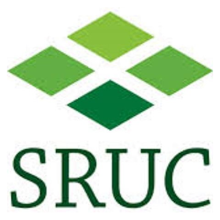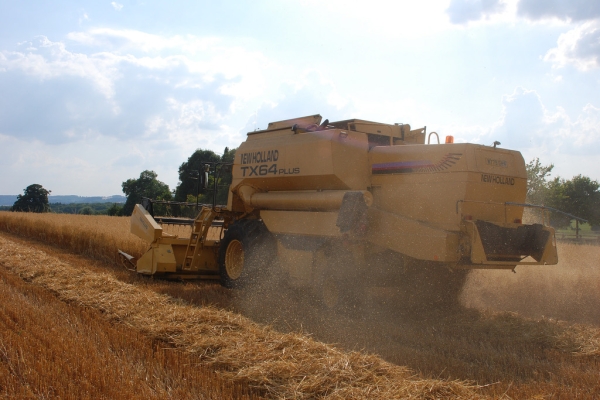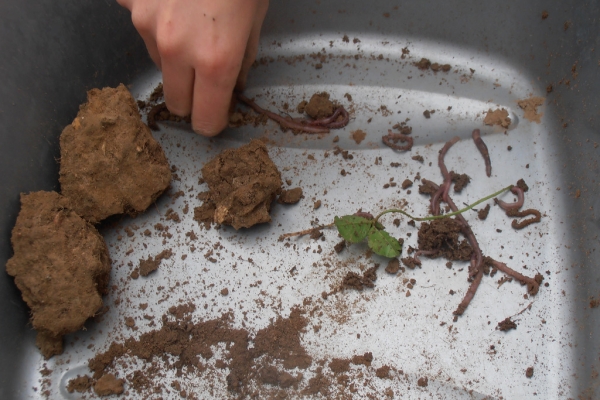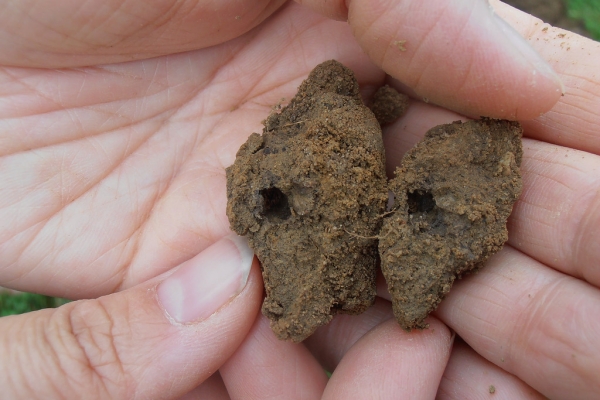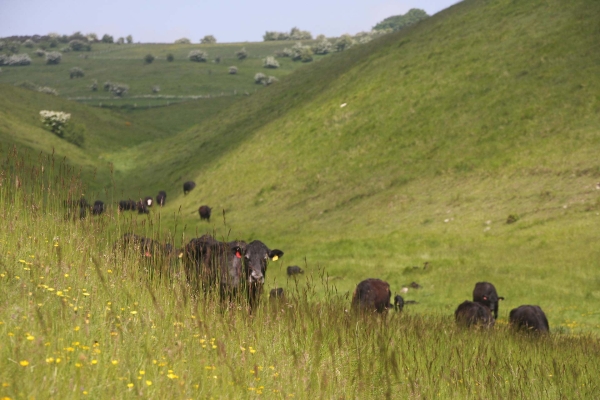Valuing Your Soils
Practical Guidance for Scottish Farmers
Resource explained
This booklet is packed with practical guidance to help you improve your farm soils and make your business more profitable. It was produced to help Scottish farmers, crofters and land managers protect and manage their most valuable resource (particularly given the increasing pressure from climatic events such as heavy rain, which has dramatic effects on farm businesses). The booklet outlines actions you can take to increase you farm efficiency, productivity and sustainability. It covers: Soil operations in relationship to costs; assessing soil type; soil as a living resource; assessing soil structure; soil compaction and drainage; reducing soil erosion; understanding and managing soil pH and nutrients; increasing organic matter and reducing soil erosion using cover crops; and assessing whether reduced or no tillage could be suitable for your soils. It provides useful tools and practical field sheets, and is interspersed throughout with farmer case studies providing evidence of good practice and advice for current issues facing Scotland’s farming community.
Findings & recommendations
- Poor drainage and waterlogged fields can encourage soil compaction problems contributing to poor nutrient uptake by crops and reduced yields. Less obvious are issues associated with poorly drained grasslands – which can encourage parasites and lead to poor livestock nutrition and health.
- The booklet makes the following recommendations for managing farm soils:
- Dig a pit to look at your soils.
- If a crop looks poor, assess the soil structure, colour, and worm populations.
- Take soil samples to test pH, nutrients and organic matter content.
- Soil chemical changes can be gradual so monitor regularly.
- A well managed soil with ideal pH conditions and good structure makes it easier for plant roots to access nutrients, increasing nutrient recovery by 20% when compared to a compacted soil.
- If soil is lost due to erosion or compaction, change the cropping to conserve the soil.
- Improve the ‘green credentials’ of your farm by using cover crops or minimum tillage to reduce pollution risk, lock up organic matter and support wildlife.
- Try to minimise compaction (and fuel costs) by using the smallest tractor and correct tyres for the job and minimising wheelings.
- A healthy soil really can improve farm profits.
- Love your soil!
N.B. You can also access two short case study farmer videos: Arable farmer Robert Ramsay explains how controlled traffic farming systems can improve yields by protecting farm soils from problems such as compaction. Dairy farmer Hugh McClymont stresses the importance of opening up stubble after maize harvest to maintain soil structure and reduce the chance of surface water run-off and potential soil erosion.
(Photo credit: Joanna Cloy, SRUC)

